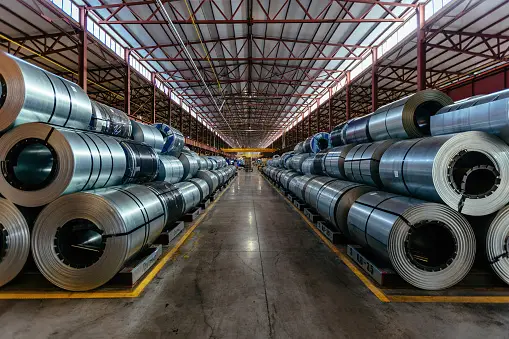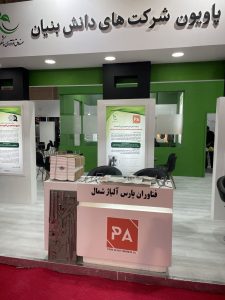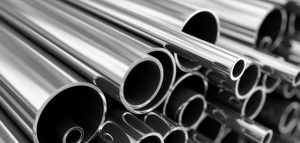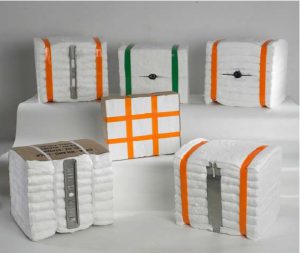Steel 310, with a combination of high temperature properties, good ductility and weldability, are designed for high temperature conditions.
Introduction to Steel 310
Steel 310, with a combination of high temperature properties, good ductility and weldability, are designed for high temperature conditions. This alloy reduces sulfur gases in the face of continuous service at temperatures above 1150 ° C. Also used for intermittent services up to temperatures above 1040 degrees. Like other austenitic grades, this alloy has excellent toughness, even below freezing temperatures, although other grades are used in such environments. Steel S 310 has a maximum carbon content of 0.03%, which is sometimes used for special corrosive environments, especially urea products.
Steel 310 is a type of medium carbon austenitic stainless steel that shows excellent properties at high temperatures. For this reason, it is in the category of refractory steels. This alloy is used in cases where resistance to corrosion and oxidation at high temperatures is required. Stainless steels are known in the market as steel. These alloys offer good corrosion resistance properties due to the presence of high amounts of alloying elements such as chromium and nickel. Stainless steels can be classified into 4 general categories based on their microstructure: austenite, ferrite, martensite and duplex. Among the types of steel alloys, austenitic steel is the most widely used. 200 and 300 series alloys are in the category of austenitic steels. These two groups are often non-corrosive in terms of magnetic properties and have acceptable corrosion resistance.
Steel 310
Steel 310 is a type of refractory steel that due to the high percentage of chromium and nickel in it, maintains its resistance to corrosion and oxidation at high operating temperatures. This type of stainless steel under the German DIN standard is called 1.4841 steel. In addition to providing desirable properties at high temperatures, 310 refractory steel also maintains its desirable properties at ultra-cold temperatures. This feature has caused it to be used in a wide temperature range. Grade 310S is a low carbon steel type 310. In cases where better welding properties are required, this type of alloy is used instead of 310 steel. The high-carbon steel type 310, known as the 310H, has higher creep resistance and higher strength than the 310 steel, but is not used in cases where welding is required.
The most important properties of 310 steel can be summarized as follows:
- Oxidation resistance up to a temperature of about 1200 ° C
- Medium strength at high temperatures
- Resistance to corrosion at high temperatures
- Maintain strength and toughness at low temperatures (about -268 degrees Celsius)
Corrosion resistance of steel 310
The high percentage of chromium in the composition of this alloy, in addition to increasing the heat resistance, has also increased the corrosion resistance. Although the high levels of chromium and nickel in 310 stainless steel have led to an even greater corrosion resistance than 304 stainless steel, it cannot be used in wet, corrosive, and more corrosive environments.
Steel 310 does not contain molybdenum in its composition, like steel 316, so its corrosion resistance is very poor. It should also be noted that this alloy becomes sensitive to corrosion between grains when exposed to high temperatures in the temperature range between 550 and 800 ° C.
310 steel welding capability
Steel 310 has an acceptable welding capability and is capable of welding with all common welding methods. The types of welding methods used to make joints in this steel include manual, tig and mig welding. But in welding it, you should pay attention to the following items:
- Under normal welding, preheating and post-welding heat treatment conditions, this alloy is not required.
- To achieve corrosion resistance in liquids, it is necessary to perform heat treatment of dissolution anil on this steel after welding.
- After welding, it is necessary to remove oxides and shells that are formed by exposure to high temperatures and by welding on the surface, to maintain its corrosion resistance.
Heat treatment of steel 310
Heat treatment of stainless steel 310 is dissolution annealing. During that time, the steel is heated to a temperature range of 1040 to 1065 degrees Celsius and kept at this temperature for a certain period of time and then subjected to quenching.
Like other austenitic steels, stainless steel 310 is not heat resistant. But it can be hardened with a cold method, which is practically rare.




